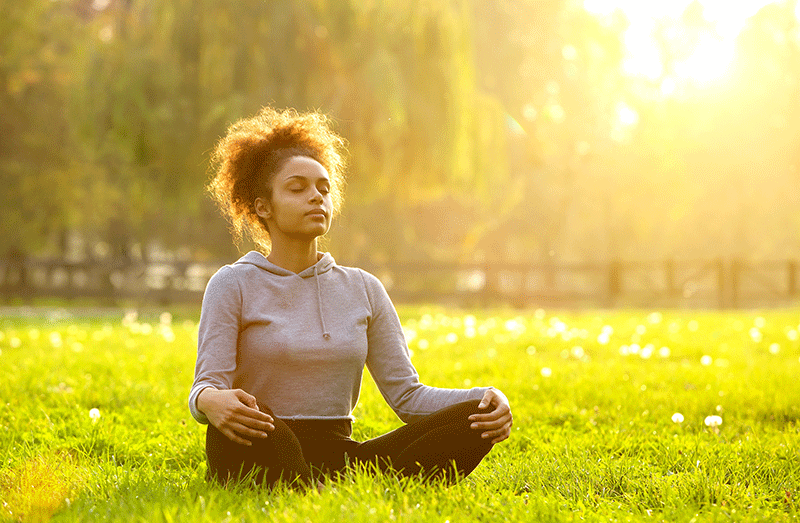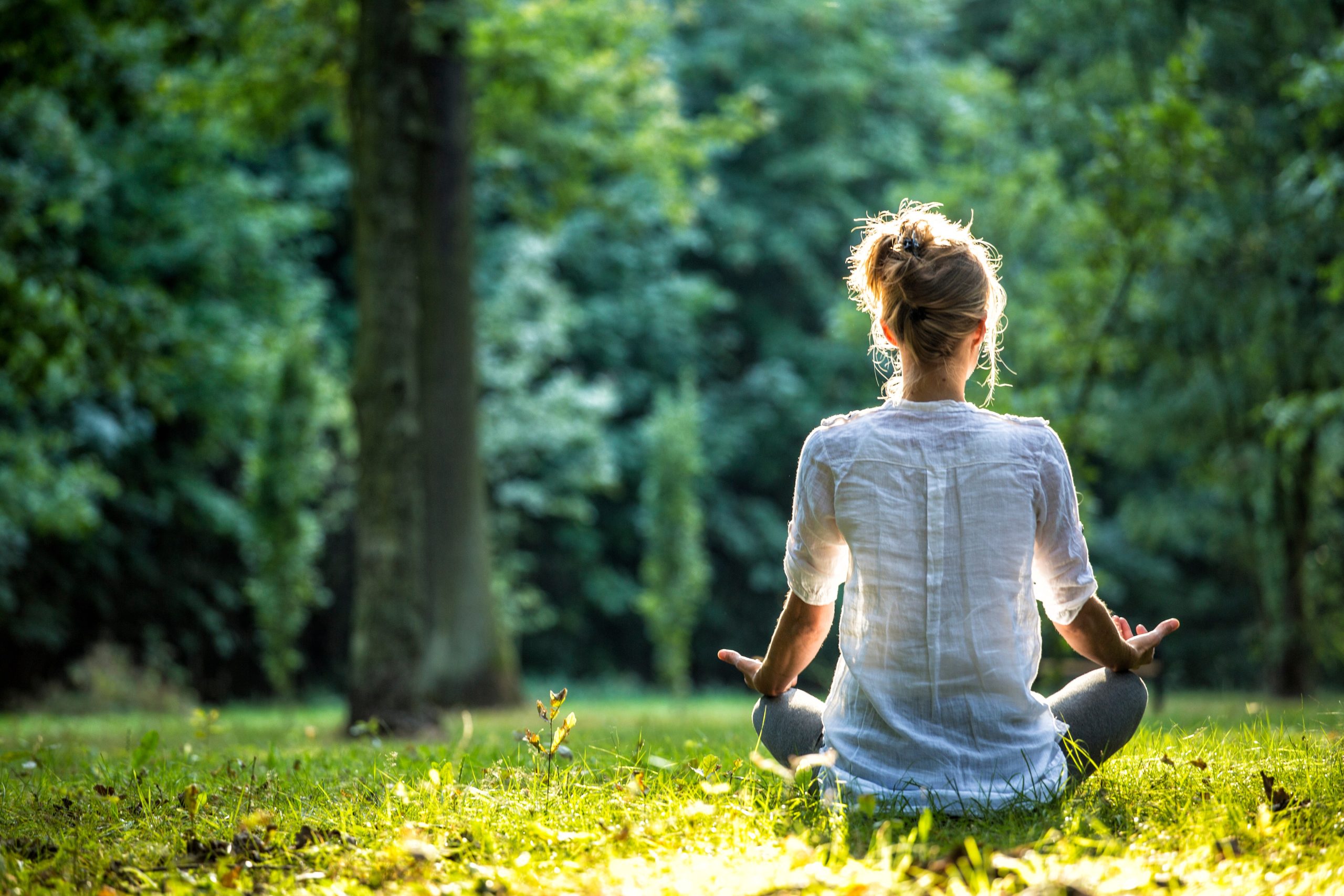Meditation is often hailed as a rendezvous with one’s soul, and for good reason. Studies consistently affirm the myriad benefits of regular meditation practice, ranging from improved attention and memory to stress reduction and enhanced emotional well-being. In a world brimming with distractions, identifying the optimal time for meditation becomes crucial for tapping into one’s inner self.
So, when is the best time to meditate? According to health and wellness consultant Shikha Agarwal, the last quarter of the night before sunrise and early morning stand out as the healthiest periods. Agarwal explains that the serene ambiance, coupled with the naturally calm state of the mind after a restful night’s sleep, creates an ideal environment for heightened concentration and a more profound meditative experience, ultimately contributing to overall well-being.

The Ideal Time for Daily Meditation—and When to Avoid (Credits: American Heart Association)
However, caution is advised at certain times, such as immediately after a heavy meal. Agarwal suggests waiting for some time post-meal to allow the digestive process to settle, as attempting meditation during this period may be counterproductive due to the body’s focus on digestion.
Apart from the early morning, meditation can be incorporated into various points throughout the day. Taking a brief mindfulness meditation during the lunch break, focusing on breath work, observing sensations, or practicing gratitude can provide a mental reset and enhance productivity for the remainder of the day. Before bedtime, a calming meditation like yoga nidra can aid in winding down, promoting relaxation, alleviating stress, and improving sleep quality.
In moments of stress, a short meditation session concentrating on the breath can be a quick and effective way to manage anxiety. Similarly, after the workday, engaging in a grounding meditation that reconnects an individual with their physical environment helps transition from the demands of work to a more serene and balanced state, facilitating a smoother segue into personal time. Incorporating meditation into these various moments can make it a valuable and accessible tool for everyday well-being.























